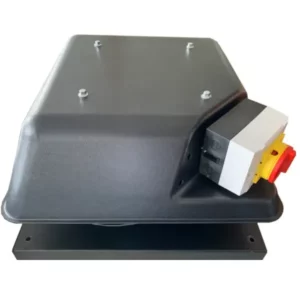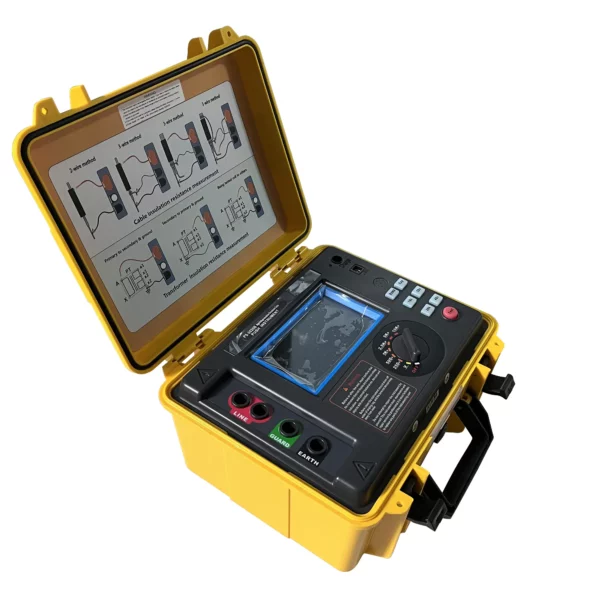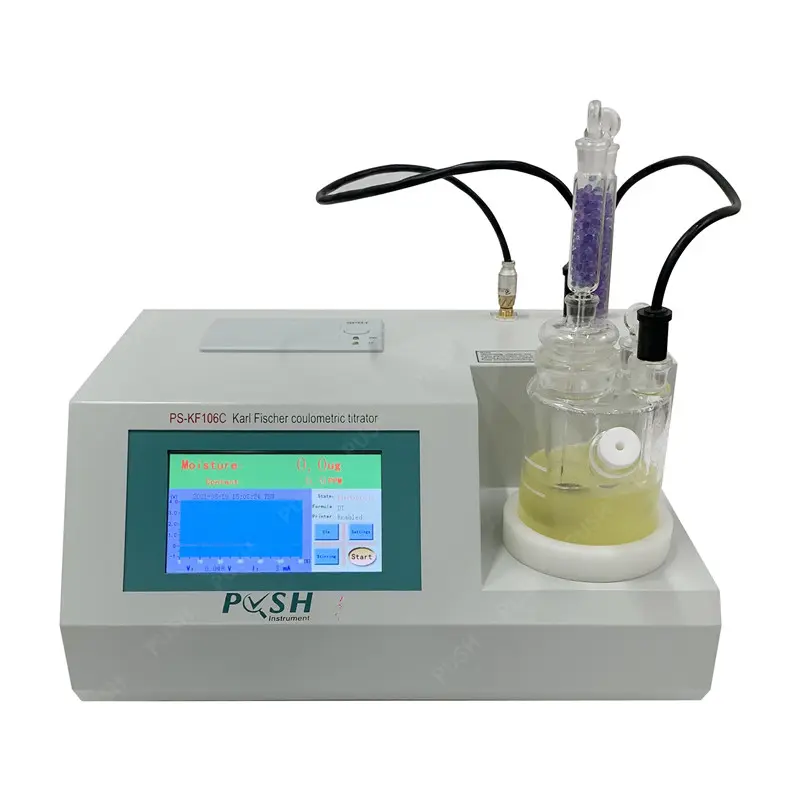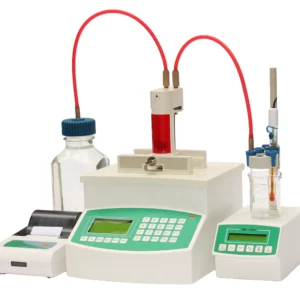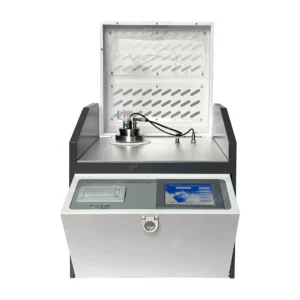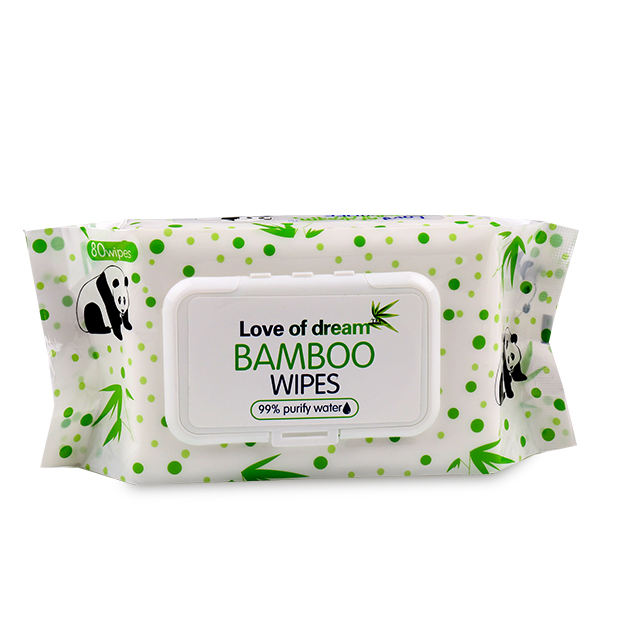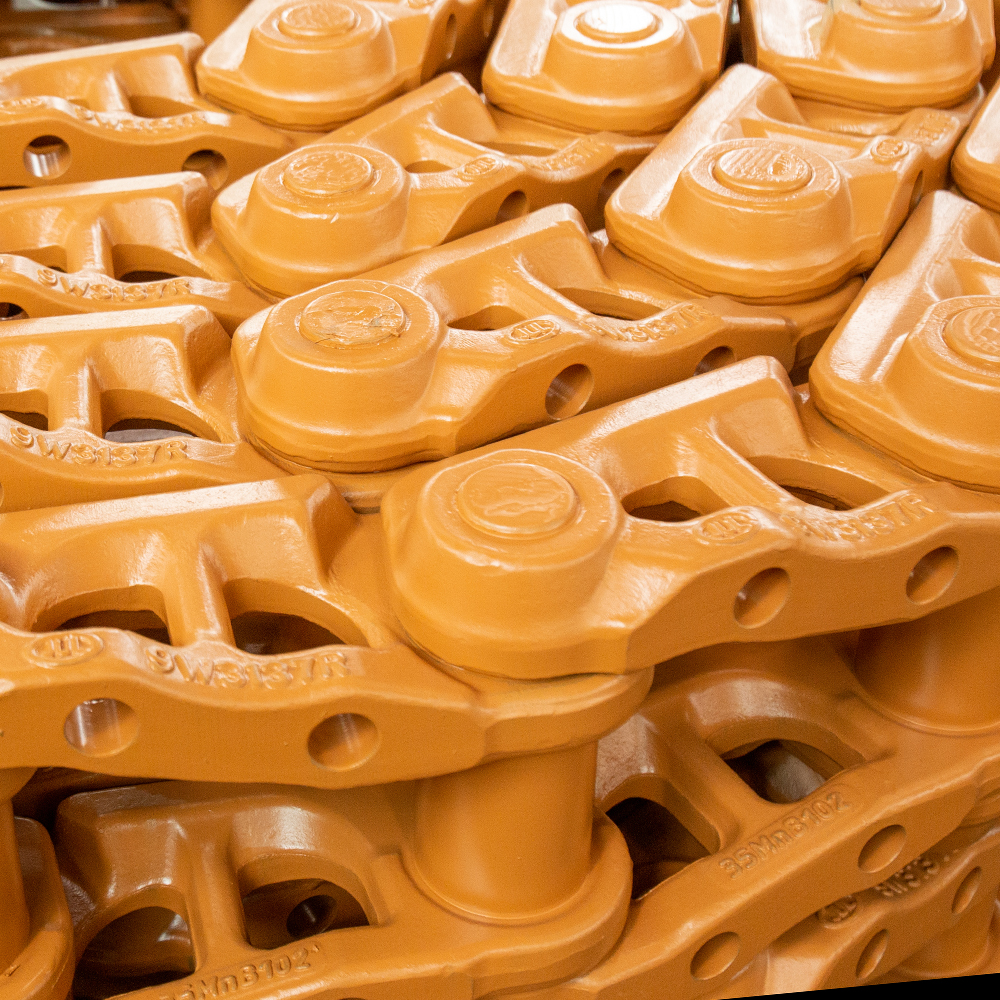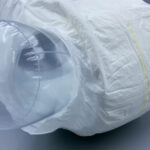Introduction
In today’s modern built environment, proper ventilation and indoor air quality (IAQ) are of utmost importance. To achieve efficient air circulation and maintain a healthy indoor environment, axial roof exhaust fans play a vital role. These specialized fans are designed to remove stale air, pollutants, and excess heat from buildings. In this article, we will explore the significant role of axial roof exhaust fans in enhancing ventilation and improving indoor air quality, benefiting a wide range of industries and applications.
Understanding Axial Roof Exhaust Fans
Axial roof exhaust fans are ventilation systems specifically designed to expel air from enclosed spaces, such as commercial buildings, factories, warehouses, and industrial facilities. They consist of a motor-driven fan enclosed within a housing, usually installed on the roof or high points of a structure. The fan blades rotate in an axial direction, pulling air upward and expelling it outside, creating a negative pressure that encourages fresh air intake from other openings.
Enhancing Ventilation and Indoor Air Quality
- Efficient Air Exchange:
Axial roof exhaust fans excel at removing stale air and odors from enclosed spaces. By expelling the air at high volumes and velocities, these fans create a negative pressure that draws fresh air in from open doors, windows, or dedicated intake vents. This constant air exchange helps maintain a healthy and comfortable indoor environment. - Heat Dissipation:
In industrial and commercial settings where excess heat is generated, axial roof exhaust fans play a crucial role in heat dissipation. They exhaust hot air, fumes, and heat generated by machinery, processes, or other sources, preventing heat buildup and improving working conditions. - Moisture and Humidity Control:
Axial roof exhaust fans are effective in controlling moisture and humidity levels in various environments. By expelling humid air, they reduce the risk of condensation, mold growth, and moisture-related damages. This is particularly important in areas such as bathrooms, kitchens, swimming pools, and manufacturing facilities where moisture control is critical. - Removal of Airborne Pollutants:
In environments where airborne contaminants are present, such as chemical laboratories, workshops, or manufacturing plants, axial roof exhaust fans aid in removing harmful particles, gases, and fumes. The fans expel these pollutants directly outside, mitigating potential health hazards and maintaining a safer working environment for employees. - Energy Efficiency:
Axial roof exhaust fans are designed to be energy-efficient, with features like variable speed controls and advanced motor technologies. These features allow for optimized fan operation based on the specific ventilation requirements, minimizing energy consumption and reducing operational costs.
Applications of Axial Roof Exhaust Fans
- Commercial and Office Buildings:
Axial roof exhaust fans are used in commercial buildings, offices, and retail spaces to ensure proper ventilation, remove odors, and improve IAQ for occupants. They are particularly important in areas with limited natural ventilation, such as basements and enclosed parking lots. - Industrial and Manufacturing Facilities:
In industrial and manufacturing settings, axial roof exhaust fans are indispensable for removing heat, fumes, and airborne contaminants generated by processes and machinery. They help maintain a safe and comfortable working environment while ensuring compliance with health and safety regulations. - Warehouses and Distribution Centers:
Axial roof exhaust fans are employed in warehouses and distribution centers to facilitate air exchange, control humidity, and prevent heat buildup. These fans assist in maintaining optimal conditions for stored goods, protecting them from moisture damage and maintaining a comfortable working environment for employees. - Hospitality and Food Service:
In restaurants, commercial kitchens, and food processing facilities, axial roof exhaust fans are crucial for eliminating cooking odors, smoke, and excess heat. By expelling these pollutants, the fans contribute to a cleaner and more comfortable environment for staff and customers.
Conclusion
Axial roof exhaust fans play a significant role in enhancing ventilation and improving indoor air quality in various applications. By efficiently expelling stale air, excess heat, moisture, and airborne pollutants, these fans contribute to a healthier and more comfortable indoor environment. Their usage in commercial buildings, axial roof exhaust fan industrial facilities, warehouses, and hospitality establishments ensures compliance with ventilation standards, reduces health risks, and enhances overall occupant well-being. With ongoing advancements in fan technology, axial roof exhaust fans continue to evolve as indispensable components of modern building ventilation systems.
